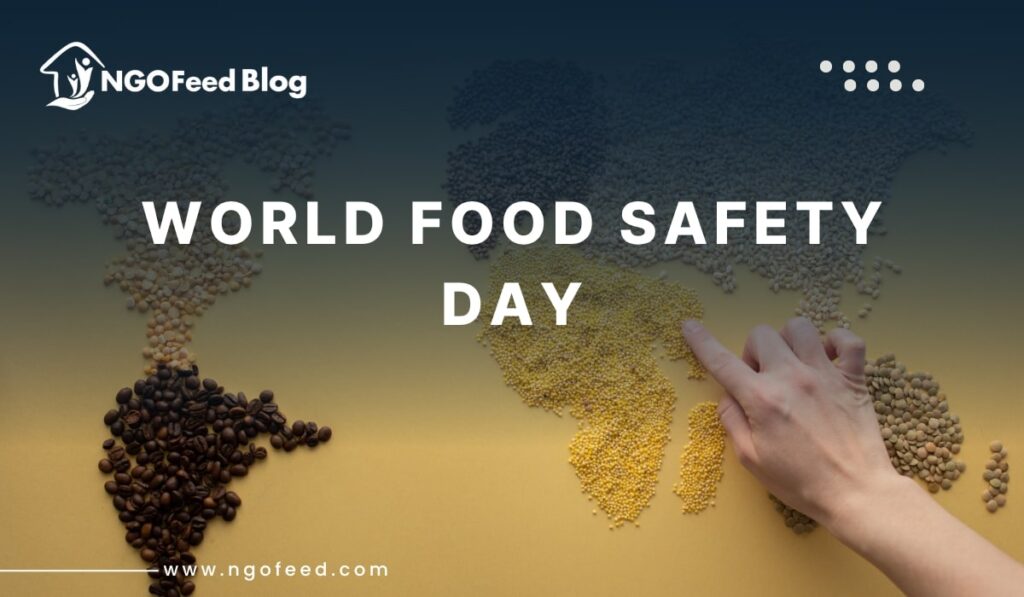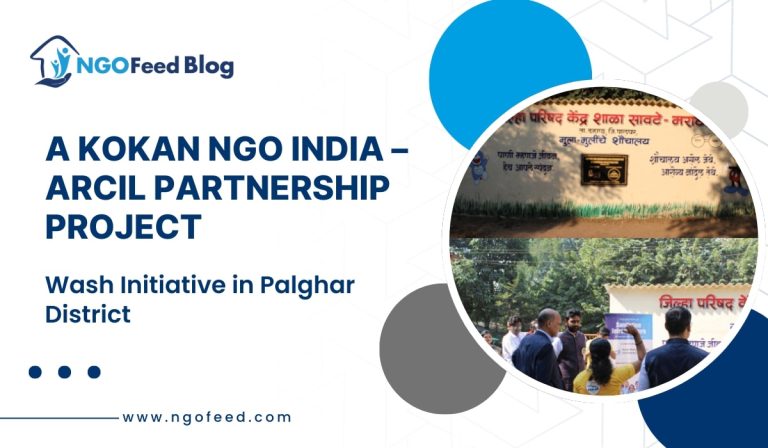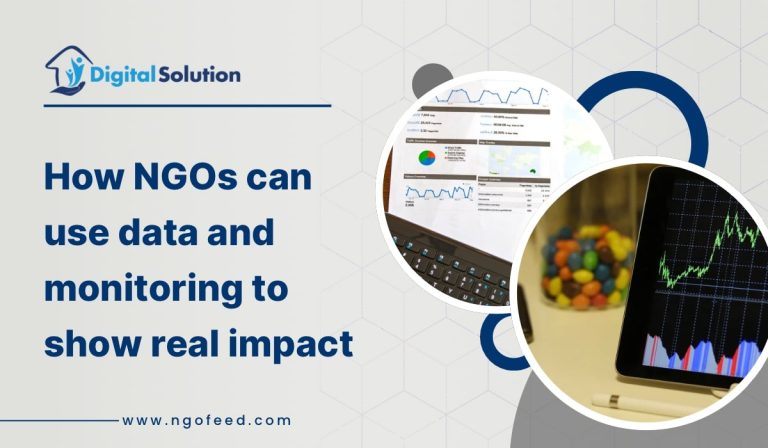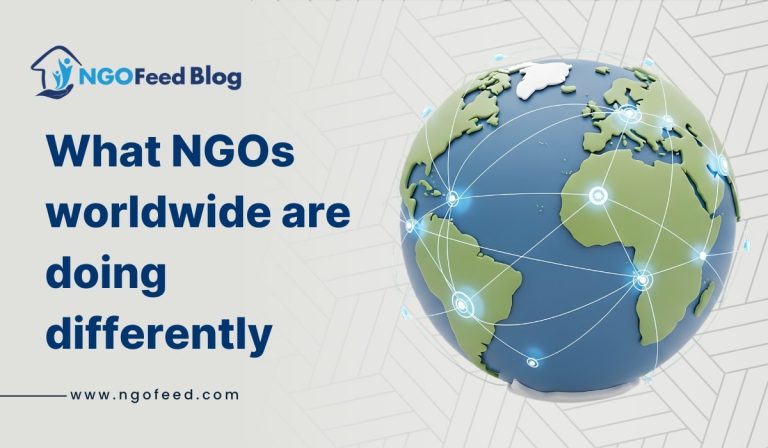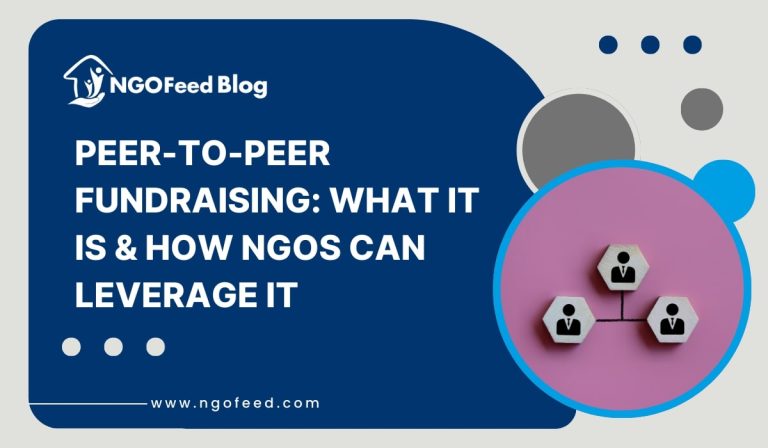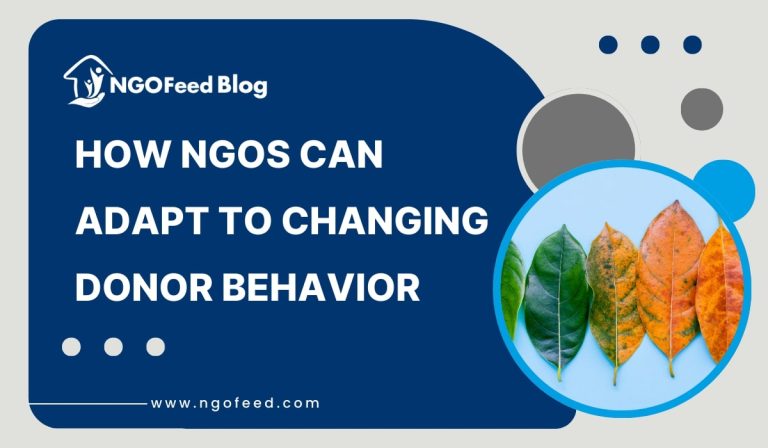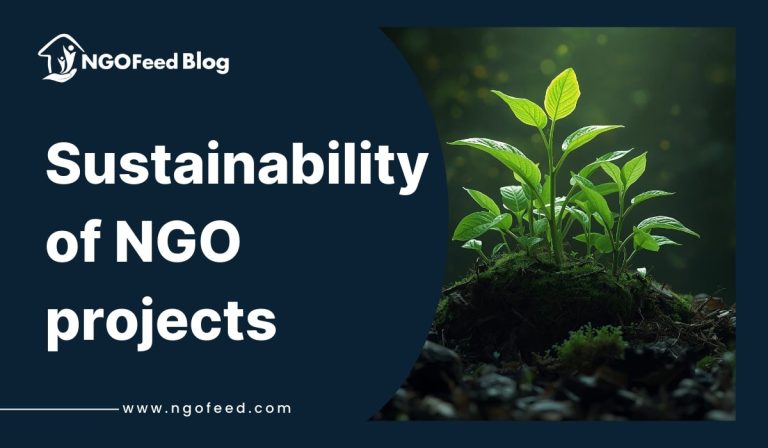Every year on June 7th, World Food Safety Day honors food safety, which is vital for good health, sustainable development, and economic wealth, to draw international attention. Given that every year over 600 million people become sick from tainted food, ensuring food safety is a shared responsibility—across consumers, producers, vendors, and governments.
“Food safety is everyone’s business”
Table of Contents
World Food Safety Day – Background of Historical Perspective
Following a combined suggestion by the Food and Agriculture Organization (FAO) and the World Health Organization (WHO), the United Nations General Assembly created World Food Safety Day in December 2018. Marking a watershed in attempts to increase public awareness of the worldwide load of foodborne illnesses, the first party took place in 2019.
Also Read: Agriculture and Food Security
Theme for World Food Safety Day 2025
Green “Safe Food Now for a Sustainable Tomorrow.” Especially in light of climate change, fast urbanization, and changing consumption patterns, this topic emphasizes the pressing requirement for worldwide cooperation and creativity in food systems to address present and future food safety issues.
Why is it honored?
- To highlight how essential safe food isfor human health and wellbeing.
- Encourage stakeholders in food consumption and production to take precautionary measures.
- To lower the financial and health load of foodborne diseases.
- To promote global food trade through coordinated food safety guidelines.
- especially for SDG 2 (Zero Hunger), SDG 3 (Good Health and Well-being), and SDG 12 (Responsible Consumption and Production),
Value in Today’s Context (2025)
Given: in 2025 food safety is more vital than ever.
- Increasing risk of contamination as a result of climate change impact on food systems.
- Globalization of food supply networks complicates traceability and monitoring.
- Urbanization and fast food culture raise the chance of incorrectly processed or made food.
- Newsolutions for food traceability and hygienemonitoring are being offered by technical breakthroughs including artificial intelligence, blockchain, and biotechnology.
Also Read: Role of NGO in Food and Nutrition
Foodborne Illness: A Worldwide Issue
The WHO asserts:
- Every year, unsafe food causes illness in 600 million individuals.
- Including 125,000 children under five, 420,000 individuals pass away yearly.
- The African and Southeast Asian areas carry the greatest load.
- Typical germs are Norovirus, Salmonella, Listeria, and E. coli.
Main Participants and Stakeholders
Governments: Create and apply regulations.
- Adhere to safe farming, processing, and packing techniques by food companies and manufacturers.
- Retailers: Ensure your products are clearly labeled and stored in a neat manner.
- Consumers: At hom,e handle, prepare, and keep food safely.
WHO’s and FAO’s roles
WHO offers direction on food safety management and disease prevention.
- To enhance food systems, FAO collaborates with food producers, processors, and governments.
- Together, they oversee the Codex Alimentarius Commission, a group setting global food standards.
World Food Safety Day events
- Campaigns of awareness in community centers, colleges, and schools.
- Public online sessions on food safety techniques and developments.
- Media outreach across social media outlets as well as television and radio.
- Training for food safety audits, restaurant employees, and vendors.
- Market, restaurant, and street vendor inspections by the government.
Food Safety Innovations (2025 Highlights)
- Guarantee transparency in sourcing and supply networks via blockchain for food traceability.
- Real–time bacterial contamination detection by means of artificial intelligence.
- Smart packaging: employs sensors to detect spoilage.
- Mobile apps: Teach consumers on monitoring expiry dates and food cleanliness.
Climate Change and Food Safety
- Extreme weather can throw food production and distribution networks into disarray, causing dangerous handling.
- Greater use of antibiotics and pesticides may result in resistant and poisonous deposits.
Also Read: Role of FAO in India
Food Safety Instruction in Schools
- Promote hand hygiene and safe lunchbox practices.
- Organize quizzes, debates, and poster-making competitions.
- Encourage zero-waste cooking sessions.
- Invite food safety officers to give interactive talks.
Role of Consumers -World Food Safety Day
Get food from reliable stores.
- Follow the World Health Organization’s “Five Keys to Safer Food“:
- Maintain hygiene. Separate raw and prepared foods.
- Make certain food reaches appropriate temperatures.
- Utilize raw materials and clean water.
Day of World Food Safety in India
- The Food Safety and Standards Authority of India (FSSAI) arranges awareness campaigns.
- Government initiatives like Eat Right India and Food Fortification support nutrition and food cleanliness.
- Projects like Food Safety Mitras let young people keep an eye on and report dangerous behavior.
FAQs
Q1: What is the importance of 7 June?
Sponsored by the UN, it celebrates World Food Safety Day every year to raise awareness of food safety worldwide.
Q2: How can food safety influence the economy?
Because of import/export restrictions, dangerous food causes loss of productivity, healthcare expenditures, and trade disruption.
Q3: The Codex Alimentarius is what?
It is a set of worldwide accepted food criteria created by the Food and Agriculture Organization (FAO) and WHO.
Q4: Organic foods always safer?
Not really. Although organic foods are free from some substances, they still call for appropriate handling and cleanliness.
Conclusion
World Food Safety Day is not just a ceremonial observance—it’s a global call to action. In 2025, with growing challenges from climate change, urbanization, and globalized trade, food safety is more interconnected than ever. Governments, industries, and individuals must collaborate to build a world where everyone has access to safe, nutritious, and sufficient food. Protecting health through safe food is not optional—it is essential for a sustainable and equitable future.

